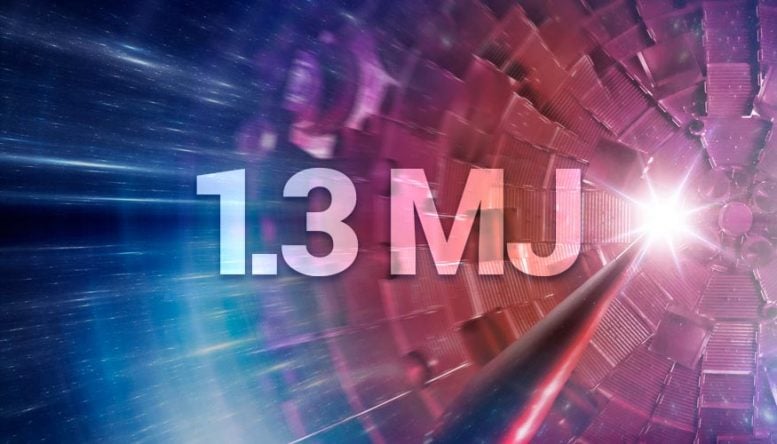
On August1 8, 2021, an experiment at the National Ignition Facility put researchers at the threshold of fusion ignition, achieving a yield of more than 1.3 megajoules — an 8X improvement over experiments conducted in spring 2021 and a 25X increase over NIF’s 2018 record yield. Credit: John Jett, LLNL.
On August 8, 2021, an experiment at Lawrence Livermore National Laboratory’s (LLNL’s) National Ignition Facility (NIF) made a significant step toward ignition, achieving a yield of more than 1.3 megajoules (MJ). This advancement puts researchers at the threshold of fusion ignition, an important goal of the NIF, and opens access to a new experimental regime.
The experiment was enabled by focusing laser light from NIF — the size of three football fields — onto a target the size of a BB that produces a hot-spot the diameter of a human hair, generating more than 10 quadrillion watts of fusion power for 100 trillionths of a second.
“These extraordinary results from NIF advance the science that NNSA depends on to modernize our nuclear weapons and production as well as open new avenues of research,” said Jill Hruby, DOE under secretary for Nuclear Security and NNSA administrator.
The central mission of NIF is to provide experimental insight and data for NNSA’s science-based Stockpile Stewardship Program. Experiments in pursuit of fusion ignition are an important part of this effort. They provide data in an important experimental regime that is extremely difficult to access, furthering our understanding of the fundamental processes of fusion ignition and burn and enhancing our simulation tools to support stockpile stewardship. Fusion ignition is also an important gateway to enable access to high fusion yields in the future.
“This result is a historic step forward for inertial confinement fusion research, opening a fundamentally new regime for exploration and the advancement of our critical national security missions. It is also a testament to the innovation, ingenuity, commitment and grit of this team and the many researchers in this field over the decades who have steadfastly pursued this goal,” said LLNL Director Kim Budil. “For me it demonstrates one of the most important roles of the national labs – our relentless commitment to tackling the biggest and most important scientific grand challenges and finding solutions where others might be dissuaded by the obstacles.”
While a full scientific interpretation of these results will occur through the peer-reviewed journal/conference process, initial analysis shows an 8X improvement over experiments conducted in spring 2021 and a 25X increase over NIF’s 2018 record yield.
“Gaining experimental access to thermonuclear burn in the laboratory is the culmination of decades of scientific and technological work stretching across nearly 50 years,” said Los Alamos National Laboratory Director Thomas Mason. “This enables experiments that will check theory and simulation in the high energy density regime more rigorously than ever possible before and will enable fundamental achievements in applied science and engineering.”
The experiment built on several advances gained from insights developed over the last several years by the NIF team including new diagnostics; target fabrication improvements in the hohlraum, capsule shell and fill tube; improved laser precision; and design changes to increase the energy coupled to the implosion and the compression of the implosion.
“This significant advance was only made possible by the sustained support, dedication and hard work of a very large team over many decades, including those who have supported the effort at LLNL, industry and academic partners and our collaborators at Los Alamos National Laboratory and Sandia National Laboratories, the University of Rochester’s Laboratory for Laser Energetics and General Atomics,” said Mark Herrmann, LLNL’s deputy program director for Fundamental Weapons Physics. “This result builds on the work and successes of the entire team, including the people who pursued inertial confinement fusion from the earliest days of our Laboratory. They should also share in the excitement of this success.”
Looking ahead, access to this new experimental regime will inspire new avenues for research and provide the opportunity to benchmark modeling used to understand the proximity to ignition. Plans for repeat experiments are well underway, although it will take several months for them to be executed.


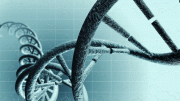
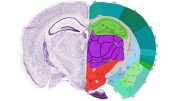
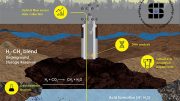
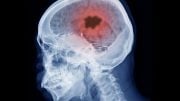
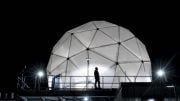
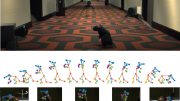

Mark Twain famously said that he had been on the verge of being an angel his whole life.
It will be a lot more important if the LLNL NIF ever exceeds the threshold! Over-budget and behind-schedule means they are probably concerned about funding!
This “pulse” kind of fusion seems just so much of a government welfare program. Continuous fusion is the only program worth funding UNLESS there is some useful data to be gained. Otherwise it’s a waste.
Unless you want to make weapons, which is what they said they use it for😪
Bullsh*t
1.3MJ out as thermal energy worth about 0.4MJ electrical if it were meant to be a power plant (it isn’t) and such a thing is far further out than even ITER is. NIFs mission is explained on Wikipedia.
But energy input is 192*4MJ or 768MJ, so system eff is about 0.05%. But even that ignores the power at the building, but it’s not a power plant so that can be ignored.
The lasers are capable are pumping a single pulse once a day. Maybe it’s those Xenon bulbs or the capacitor structure.
To output a GW of avg pulsed power, the laser needs to be upgraded to fire at several KHz and not once a day so another billion factor off and the energy input would then be a TW of power. Maybe go back to using a Pu trigger.
Folks need to get used to accepting fusion energy both NIF and ITER are utterly irrelevant to the future of energy.
On the other hand the Molten Salt reactors look positivly trivial by comparison having reached over unity 50 plus years ago at ORNL.
There’s something terribly wrong when the first mention of an application in an article on nuclear fusion is nuclear weapons. Wtf is wrong with people? We need to nail fusion to end dependency on fossil fuels and make nuclear energy safer, not to increase weapons arsenals and proliferate the arms race. So sad… 😣
The next generation of energy won’t be Wind, Solar, Nuclear, it will be HYDROGEN! Shrinking the hydrogen atom to a smaller orbit gives off tremendous plasma, the smaller that atom is shrunk! See BrilliantLightPower(dot)com. With the energy density of the hydrogen in one liter of water, he can drive a Tesla over 1600 miles. He’s been working on this for over 30 years, first theory, then experiments, then controlled experiments, he is currently able to boil a hot tub size vat of water in just a few seconds and plans on entering the heating market. His goal is to license electrical generation at .01 per KWH, significantly cheaper than any other form of energy generation. Because it’s essentially free, only consumes hydrogen. Many scientists across the country have validated his work, Berekely, and other places, he had a lot of pushback early on as his Grand Unified Theory of Classical Physics goes against the theory of Quantum Mechanics! Proof is in the pudding! I have no affiliation with the company just been following him for 15 years! And think he should go public and get massive investments to get this thing done!
The real goal is decentralized electrical generation. Each Neighborhood or Home could have it’s own electrical generator, They get so hot, that he has to cool them in a vat of water (ie hot tub) So currently he’s pursuing the boiler market but has plans for direct energy conversion to electricity!
> Proof is in the pudding
Indeed, and after 30 years, there isn’t a single bit of pudding. His “theory” is baloney and his repeated claims of building a working device have never appeared.
In contrast, there’s ample proof of QM, including the fact that you typed you post in a computer using FETs and then transmitted via laser, both of which are only explained by using QM.
Stop believing every wordpress blog you find on the ‘net.